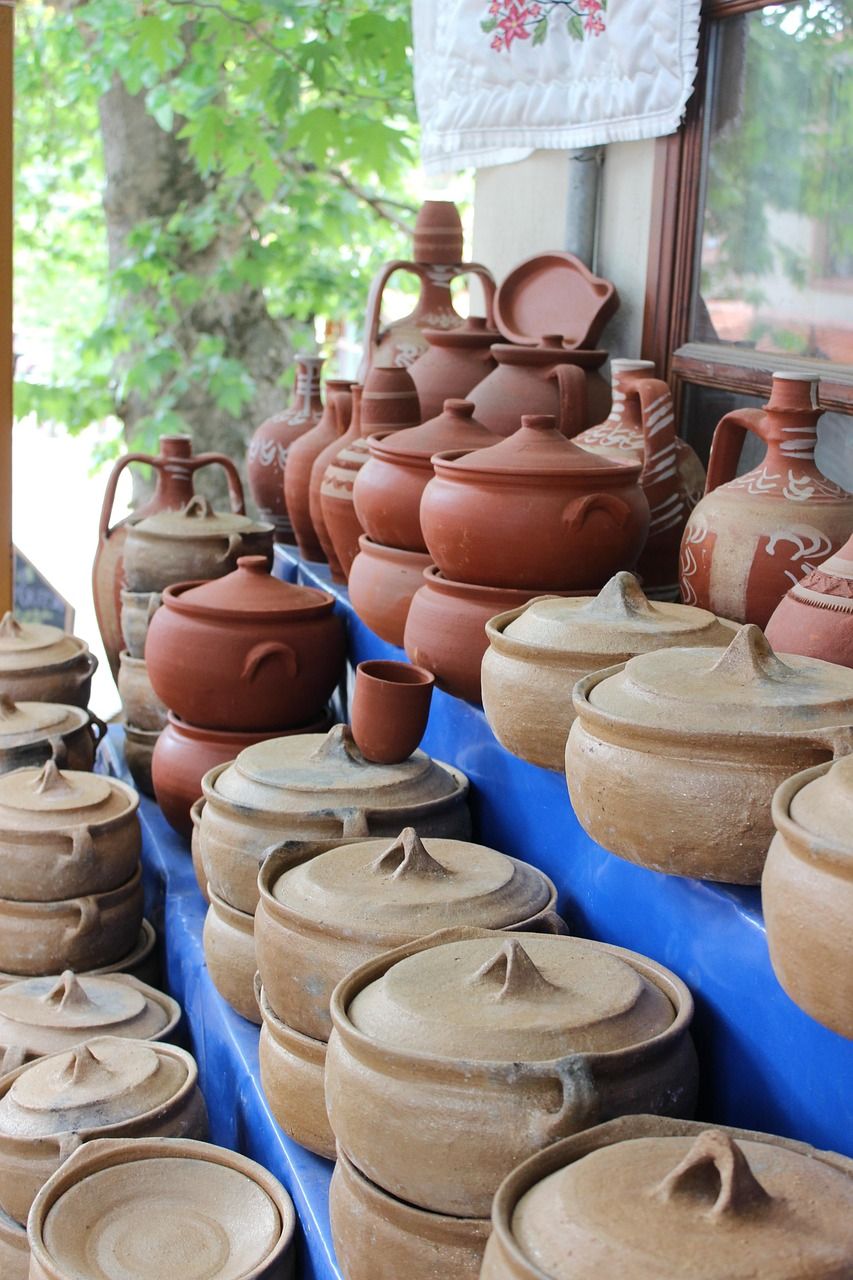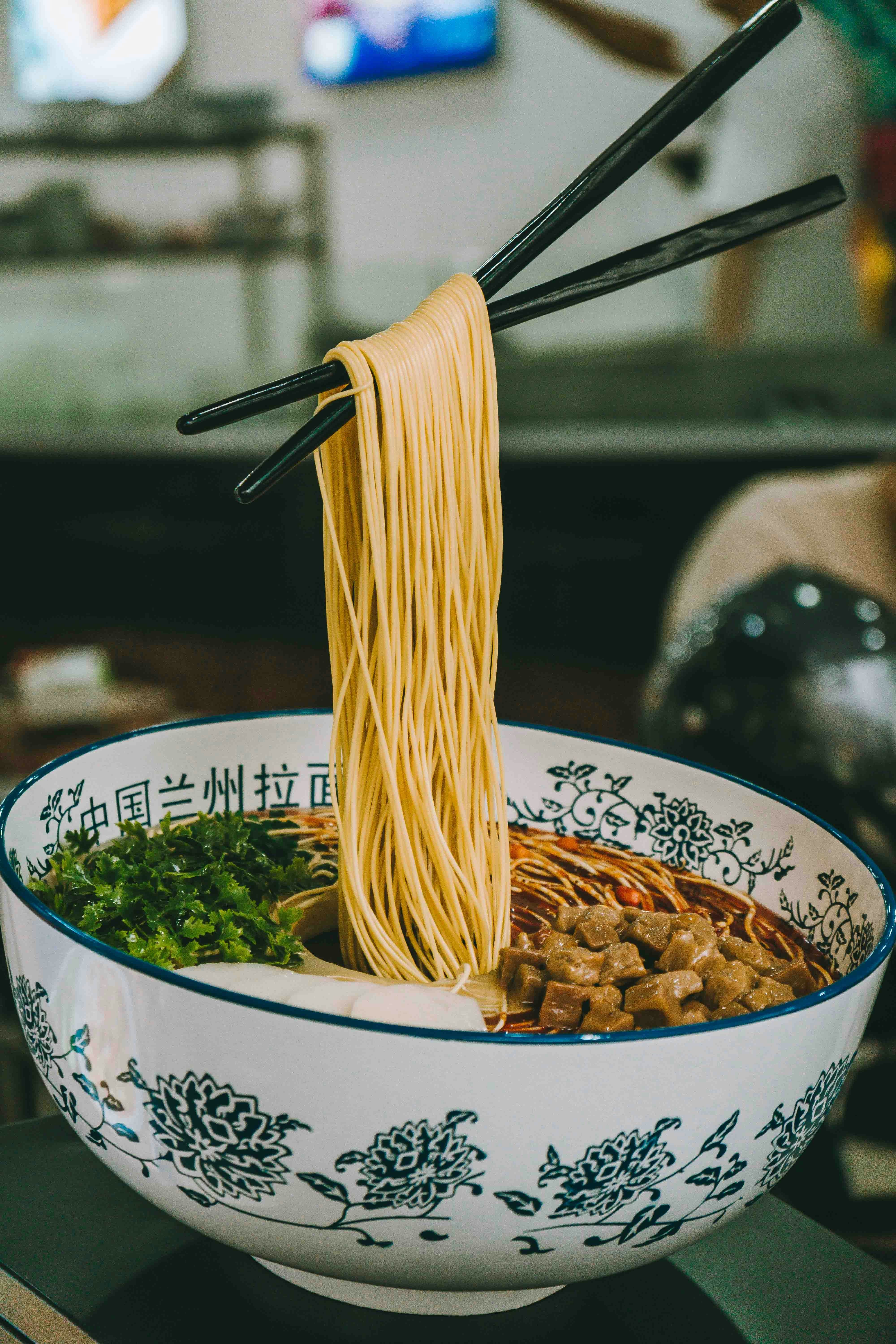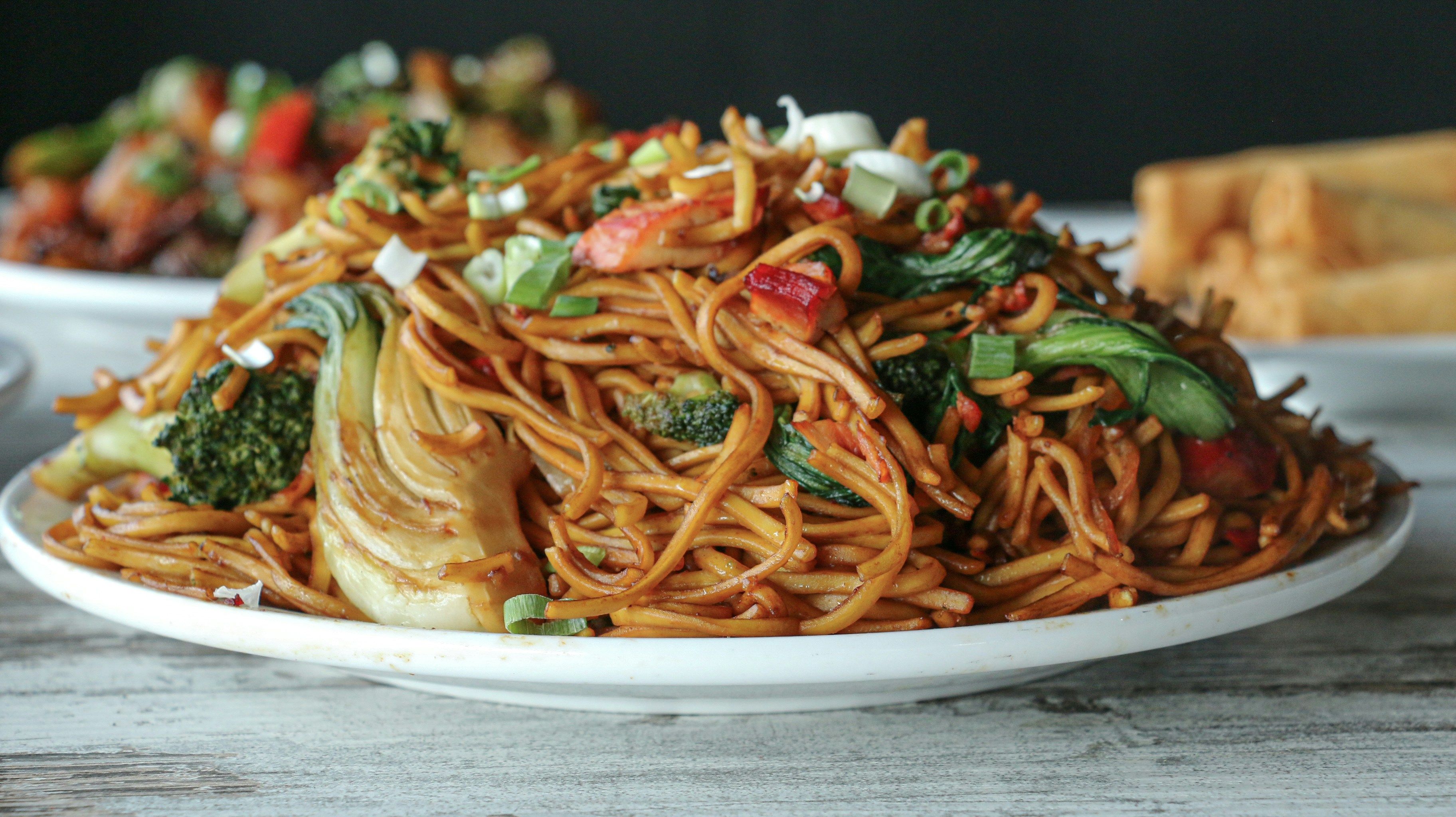The Science of Stewing Pots: Unlock Flavor with the Right Choice
Introduction: Choose the Right Pot, Double the Results
The success of stewing dishes often hinges on the choice of pot. Different materials affect heat control, nutrient retention, and even the flavor complexity of ingredients. This article delves into the scientific principles and practical applications of five mainstream pot types to help you master the art of soup-making.
1. Clay Pot / Earthenware
Material Characteristics:
Fired from clay or purple sand, porous structure, excellent insulation (thermal conductivity: 0.8–1.2 W/m·K).
Resists acids and bases but cracks easily under sudden temperature changes.
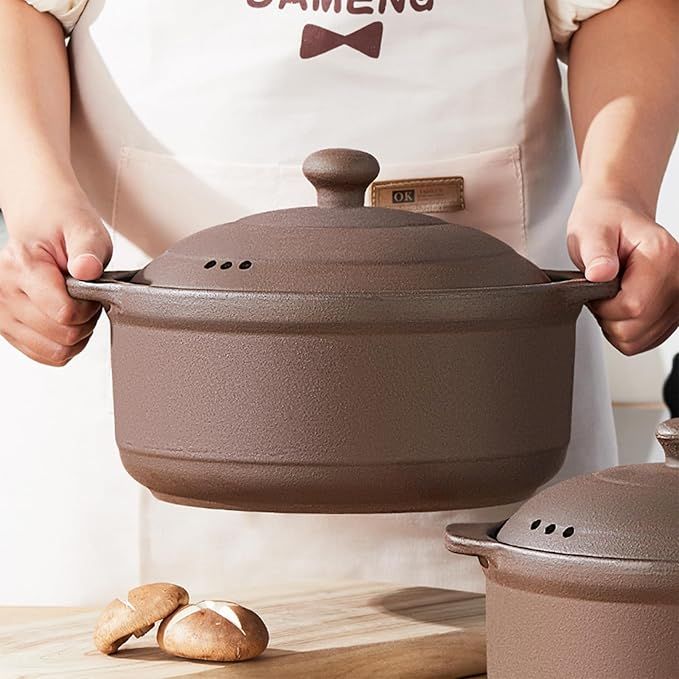
Suitable Dishes:
Slow-cooked: Buddha Jumps Over the Wall, Bird’s Nest Chicken Soup (long-term low-temperature collagen release).
Baked Dishes: Char Siu Rice, Steamed Chicken (forms crispy bottom crust).
Scientific Advantages:
Porous structure absorbs oils, clarifying broths.
Far-infrared radiation ensures even heating.
Notes:
⚠️ Preheat with water (temperature difference <80°C) to avoid dry heating.
2. Cast Iron Pot
Material Characteristics:
High carbon content (2%–4%), strong heat retention (specific heat capacity: 460 J/kg·K), slow heating but stable temperature.
Rough surface requires seasoning to prevent rust.
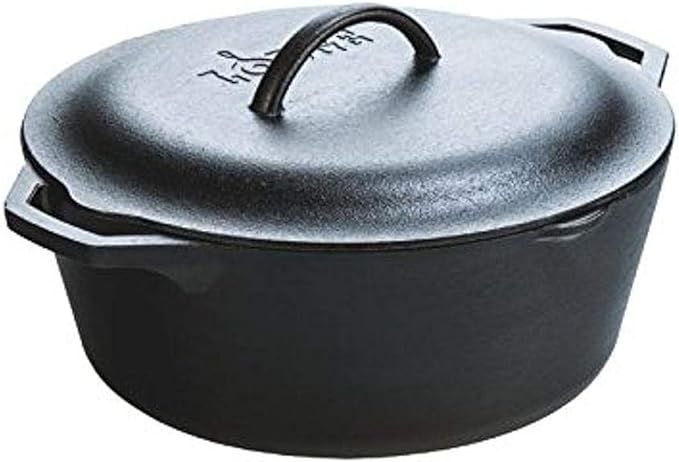
Suitable Dishes:
Braised Dishes: Red-Cooked Pork, Stewed Beef with Potatoes (locks in juices, emulsifies fats).
Western Stews: Boeuf Bourguignon (even heat transfer in ovens).
Scientific Advantages:
Heavy lid creates a micro-pressure environment, softening meats faster.
Suitable for full cooking workflows (oven-safe up to 500°C).
Notes:
⚠️ Avoid dry heating to protect the oil layer; season regularly.
3. Enamel Cast Iron Pot
Material Characteristics:
Cast iron base + glass enamel coating, highly corrosion-resistant (pH 3–11).
Vibrant colors but enamel is scratch-sensitive.
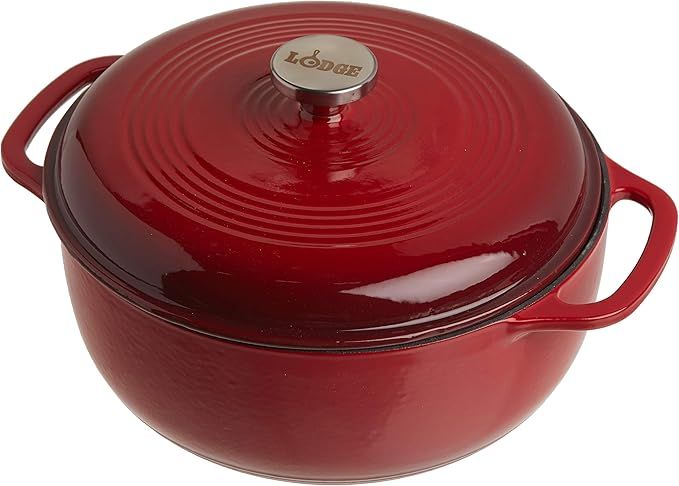
Suitable Dishes:
Concentrated Broths: Borscht, French Onion Soup (prevents metal ions from leaching).
No-Water Cooking: Tomato-Braised Oxtail (uses moisture from ingredients).
Scientific Advantages:
Smooth enamel reduces protein adhesion, easy to clean.
Better sealing than regular cast iron (steam loss <15%).
Notes:
⚠️ Avoid metal utensils; discontinue use if enamel cracks.
4. Stainless Steel Soup Pot
Material Characteristics:
304/316 food-grade stainless steel, often with an aluminum core for heat conduction.
Highly corrosion-resistant (salt spray test >96h), no coating.

Suitable Dishes:
Clear Broths: Tonkotsu Ramen, Corn Soup (no metallic taste).
Large-Batch Stewing: Hot Pot Base, Tsukemono (usually 5L+ capacity).
Scientific Advantages:
Chromium oxide layer (Cr₂O₃) prevents rust; safe for acidic ingredients.
Compatible with all stovetops (including induction).
Notes:
⚠️ Use medium heat; high heat risks burning.
5. Glass Pot (Borosilicate)
Material Characteristics:
Borosilicate glass (expansion coefficient 3.3×10⁻⁶/°C), withstands 400°C temperature differences.
Fully transparent, ideal for monitoring cooking progress.
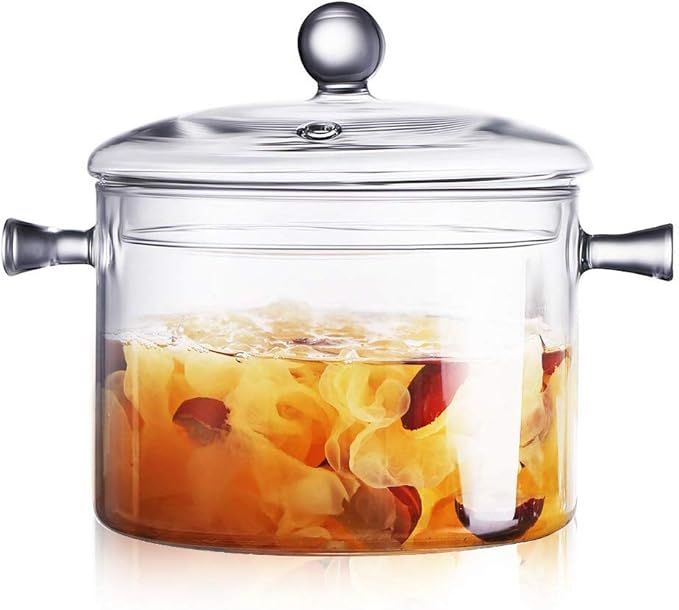
Suitable Dishes:
Desserts/Sweet Soups: Bird’s Nest Lily Bulb Soup, Elbow Noodles (avoids metal contamination).
Herbal Broths: Four-Ingredient Soup, Cordyceps Chicken Soup (glass doesn’t absorb medicinal properties).
Scientific Advantages:
Chemically inert (reacts with <1% of ingredients), safest option.
Multifunctional: microwave/oven/freezer compatible.
Notes:
⚠️ Avoid sudden temperature changes (e.g., cold water on hot pot) to prevent cracking.
Material Performance Comparison
| Material | Insulation (Heat Retention 0–100°C) | Safety | Compatible Stoves | Representative Dishes |
|---|---|---|---|---|
| Clay Pot | 85% (after 1 hour) | ★★★★★ | Open Flame/Ceramic | Buddha Jumps Over the Wall |
| Cast Iron | 78% | ★★★★☆ | All + Oven | Red-Cooked Pork |
| Enamel Pot | 82% | ★★★★☆ | All + Oven | French Stews |
| Stainless Pot | 65% | ★★★★★ | All Stoves | Tonkotsu Ramen |
| Glass Pot | 60% | ★★★★★ | Open Flame/Microwave/Oven | Herbal Broth |
Selection Guide
Traditional Flavor Seekers: Choose clay pots (requires careful maintenance).
Kitchen Multitaskers: Enamel cast iron pots (combines durability and aesthetics).
Health Minimalists: Glass + stainless steel combo (zero chemical risks).
Commercial Large-Batch Needs: 304 stainless steel deep pot (durable and easy to clean).
Science Fact
The far-infrared wavelength of clay pots (4–14μm) closely matches water molecule vibrations, accelerating protein hydrolysis—this is the physical secret behind the richness of traditional slow-simmered soups! 🔥🍲
Conclusion: Science-Driven Pot Selection for Precision Flavor
A pot is more than a tool—it’s an extension of culinary art. Understanding material properties and matching them to your dish ensures you unlock the full potential of your ingredients. Next time you stew, try applying science to craft your signature flavor.
